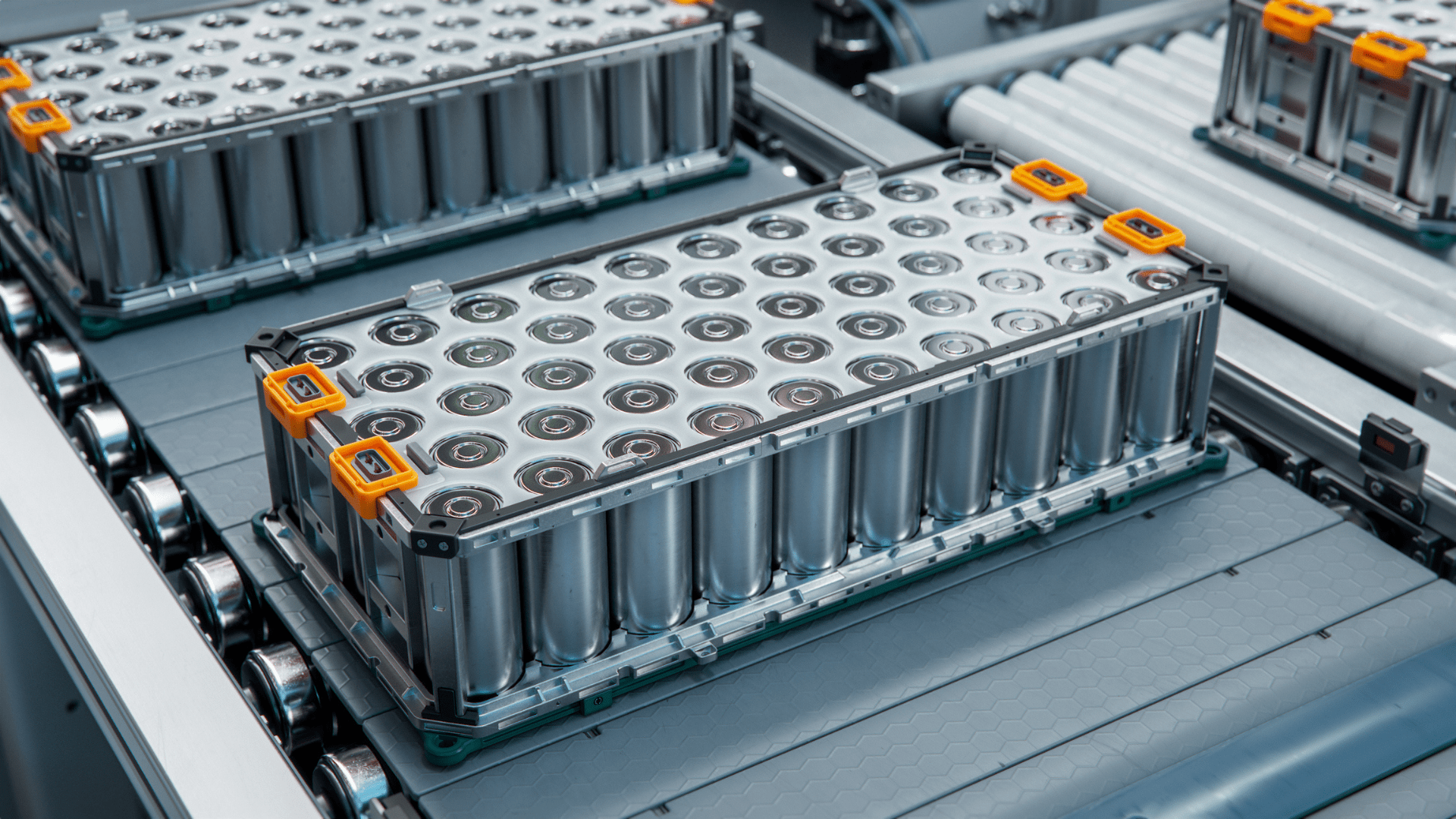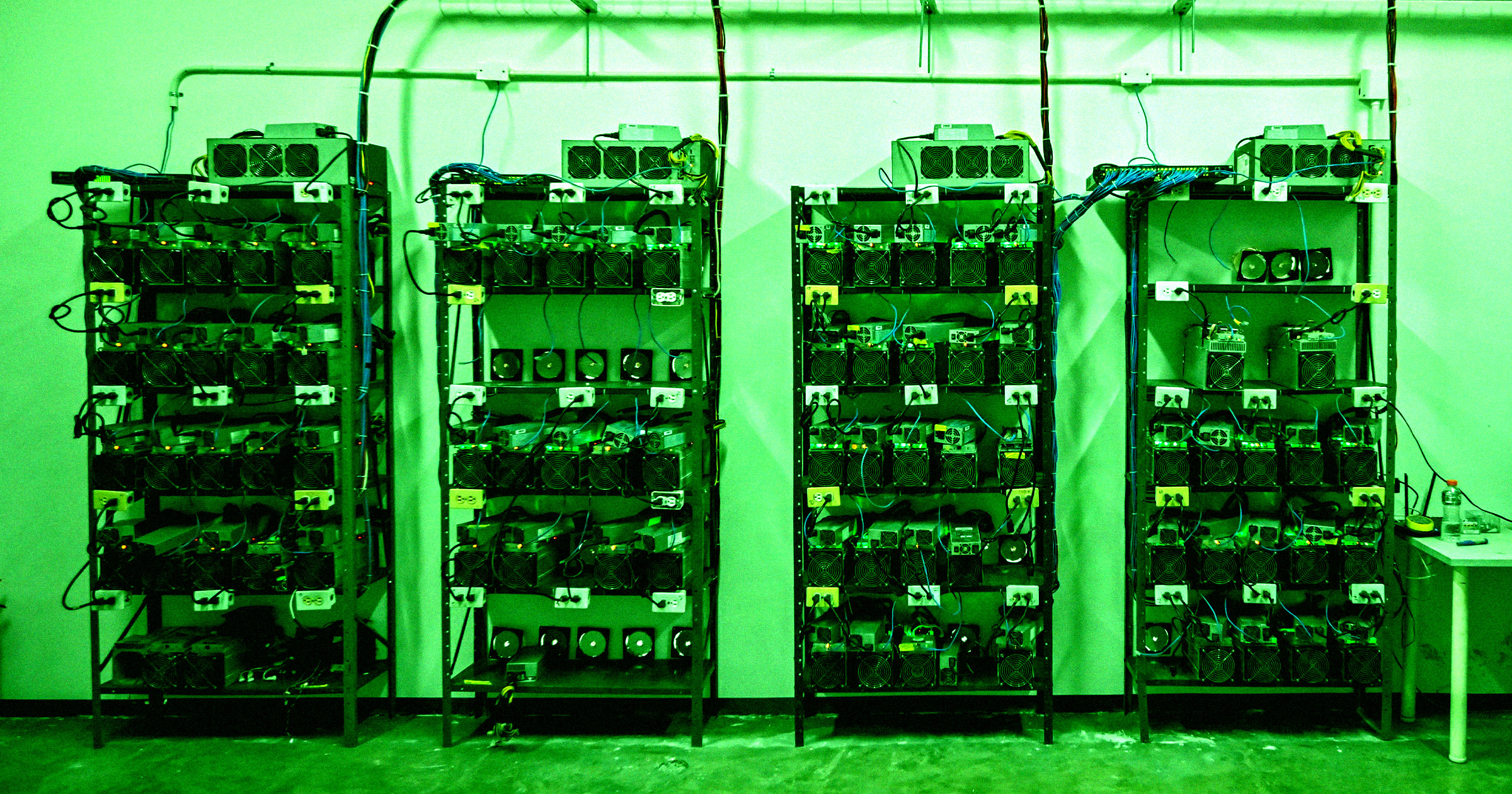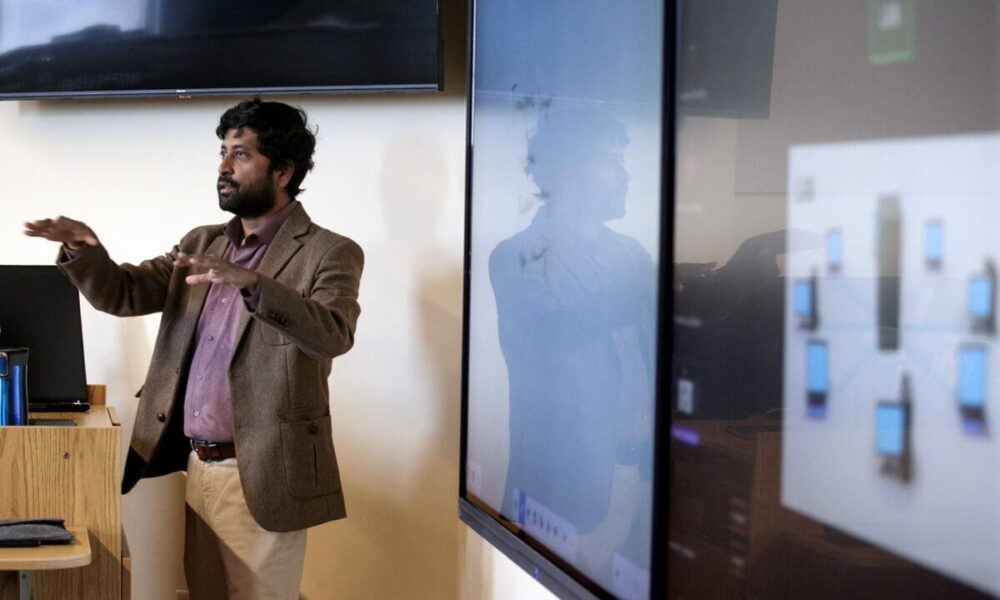Scientists at Stanford University have made a significant breakthrough in battery technology by discovering a new, higher-energy state for iron. This advancement could pave the way for more powerful and affordable batteries, potentially transforming the landscape of energy storage and related technologies.
The research team, led by PhD students Hari Ramachandran, Edward Mu, and Eder Lomeli, along with a 23-member collaborative effort involving various U.S. universities, national laboratories, and partners in Japan and South Korea, successfully demonstrated that iron can release and reabsorb more electrons than previously believed possible. This breakthrough could lead to alternatives that are not only more efficient but also less costly compared to current cobalt- or nickel-based batteries.
Innovative Approach to Iron Chemistry
The team’s research focused on a compound made from lithium, iron, antimony, and oxygen. By manipulating the structure at the nanoscale, they achieved a remarkable feat: the iron atoms in this compound could give up and later reabsorb up to five electrons, a significant increase over the usual capacity of two or three.
Initially, when Ramachandran and Mu began their experiments in 2021, the samples failed to maintain stability during charging cycles. They realized that reducing the size of the material’s particles was crucial. “Making the particles very small—just 300 to 400 nanometers in diameter—turned out to be a challenge,” Ramachandran explained. Ultimately, the researchers developed a method to grow stable crystals from a precisely mixed liquid solution.
In their electrochemical tests, the material exhibited an impressive ability to stabilize while enabling iron to reversibly exchange five electrons. Mu noted, “The crystal structure remained stable throughout the process, which is a significant achievement for iron-based materials.”
Broader Implications for Technology
The implications of this discovery extend beyond batteries. The enhanced properties of iron could also impact technologies reliant on its magnetic and electronic characteristics, including magnetic resonance imaging (MRI) machines, maglev trains, and superconductors.
Lomeli worked with his advisor, Tom Devereaux, to analyze the inner workings of the compound. Their findings confirmed that the additional electrons did not solely originate from the iron atoms but were also influenced by the oxygen within the structure. “It’s too simplistic to say that iron is the hero or oxygen is the hero,” Lomeli stated. “The atoms in this well-structured material behave like a single entity.”
The research marks a pivotal moment in battery science. Once overlooked due to its low voltage for advanced energy storage, iron is now being reconsidered as a sustainable alternative to cobalt, which is often associated with high costs and unsafe mining practices. Mu emphasized the potential benefits of a high-voltage, iron-based cathode, stating, “This could eliminate the trade-off between higher voltage and more expensive metals that have characterized cathode materials.”
The foundation for this innovative research traces back to 2018, when former Stanford PhD student William Gent theorized that iron could achieve higher oxidation states through careful atomic spacing. Although Gent was unable to complete the experiments, the current team has successfully brought his ideas to fruition.
Early testing conducted at Stanford’s SLAC-Stanford Battery Center verified that the lithium-iron-antimony-oxygen compound remained structurally intact, bending slightly during charge cycles rather than fracturing. Co-lead author William Chueh remarked, “Scientists have rarely reported high-voltage iron-based materials. Our detailed electronic structure exploration of this iron species provides conclusive evidence of oxidation beyond three electrons.”
The full study detailing these findings was published in Nature Materials in March 2024, marking a significant advancement in the quest for more efficient and sustainable energy solutions. As research continues, the potential applications of this innovative iron-based technology could reshape the future of energy storage and various technological fields.







